Muroji Temple In Nara – A Beautiful Temple In Harmony With Nature

Built halfway up Mount Muro near the boundary of Nara and Mie is Muroji Temple. It is a very beautiful temple that has harmonized building with nature over time. Let's take a closer look at this captivating mountain temple.
Walking to the Main Building
![[Nara] The Beautiful Muroji Temple Harmonious With Nature](https://resources.matcha-jp.com/resize/720x2000/2017/09/17-36268.webp)
Upon exiting the bus and walking on a path along Muro River, you will see a vermilion arched bridge come into view. You will find the temple reception after passing through the front gate located across the bridge.
![[Nara] The Beautiful Muroji Temple Harmonious With Nature](https://resources.matcha-jp.com/resize/720x2000/2017/09/17-36271.webp)
These stairs had not been originally manufactured to be used as stairs. It is nicknamed “Armor Hill” because the way the field stones are laid resembles that of knitted armor.
To reach the main building, you will go up approximately 300 flights of stairs and pass by Kondo Hall and Mirokudo Hall. It's best to head up these stairs and stop off at these halls along the way.
Kondo Hall
![[Nara] The Beautiful Muroji Temple Harmonious With Nature](https://resources.matcha-jp.com/resize/720x2000/2017/09/17-36272.webp)
Kondo Hall was built during the early Heian period. The pathway for visiting the temple was added to the building during the Edo period. Until the pathway had been made, visitors visited the temple by climbing up the stone steps.
Here is where you can see famous, National Treasure Buddhist statues such as the Shakyamuni Buddha Statue or the Eleven-Headed Kannon Statue. Designated Important Cultural Properties of Japan such as the Yakushi Buddha Statue can also be seen here.
Mirokudo Hall
![[Nara] The Beautiful Muroji Temple Harmonious With Nature](https://resources.matcha-jp.com/resize/720x2000/2017/09/17-36273.webp)
Mirokudo Hall is located next to Kondo Hall. You can also find Buddhist statues that are Important Cultural Properties here.
The Main Building
![[Nara] The Beautiful Muroji Temple Harmonious With Nature](https://resources.matcha-jp.com/resize/720x2000/2017/09/17-36275.webp)
When you go further up the steps, you will find the main building Kanjodo Hall. It is here where the honzon (*3) Bodhisattva Cintamani-cakra Statue is enshrined.
This building is also where Kanjo, the most important ritual in Shingon Buddhism, is performed.
*3 Honzon: the most important object of faith among the many Buddhist images enshrined at a temple.
To the Inner Sanctuary Past the Five-Story Pagoda
![[Nara] The Beautiful Muroji Temple Harmonious With Nature](https://resources.matcha-jp.com/resize/720x2000/2017/09/17-36276.webp)
Upon climbing up steps near the main building, you will find a five-story pagoda. This five-story pagoda that stands outdoors is the smallest pagoda of its kind in Japan.
This pagoda was established in the Heian period and has the second longest history after that of the five-story pagoda of Horyuji Temple. The sight of the pagoda in harmony with nature is very beautiful.
![[Nara] The Beautiful Muroji Temple Harmonious With Nature](https://resources.matcha-jp.com/resize/720x2000/2017/09/17-36279.webp)
You will then go up about 400 stairs from the main building to the inner sanctuary, and find Ihaido Hall immediately after reaching the top. This hall is constructed in the same slope-building style as Kyoto’s Kiyomizu-dera Temple and Nara’s Hase-dera Temple.
![[Nara] The Beautiful Muroji Temple Harmonious With Nature](https://resources.matcha-jp.com/resize/720x2000/2017/09/17-36280.webp)
Miedo Hall is where a statue of the 42-year-old Daishi Kobo (*4) is enshrined and is thus also called Daishido Hall. Although there is a Daishido Hall in every region of the country, this hall is the oldest among them.
Muroji Temple is also famous for rhododendron flowers. The best time to see these flowers is from the middle of April to the beginning of May, and the sight of the temple and its surroundings in spring is one you won't want to miss.
Muroji Temple has an ambience encompassed by both a sacred air and fresh natural landscapes. Definitely please visit the temple to experience that ambience for yourself.
*4 Daishi Kobo: the name bestowed upon Kukai by the Emperor of Japan to express his respect.
Basic Information
Muroji Temple’s visiting hours are from 8:30 – 17:00 from April 1st to November 30th and 9:00 – 16:00 from December 1st to March 31st.
Entrance fee is 600 yen for adults and 400 yen for children.
Muroji Temple’s Seasonal Events
At Muroji Temple, the Rhododendron Festival is held from the middle of April to the beginning of May to coincide with the full bloom of the rhododendron flowers.
The Autumn Leaves Festival (from October 14th to December 3rd, 2017) is also held during the autumn. During the period of the Autumn Leaves Festival, there will also be special admission into Kondo Hall for the autumn and set dates when the temple will be lit up (17:00 – 20:00, entry is until 19:30).
During the Autumn Leaves Festival, visitors will also be able to experience traditional cultures through musical performances by bamboo-made flutes called shakuhachi and tea ceremonies.
Going to Muroji Temple
![[Nara] The Beautiful Muroji Temple Harmonious With Nature](https://resources.matcha-jp.com/resize/720x2000/2017/09/17-36282.webp)
To go to Muroji Temple, you will take either the bus or taxi from Muroguchi-Ono Station on the Kintetsu Osaka Line. It will take approximately fifteen minutes by bus and will cost 430 yen. There are few buses that run this route each day, so please be sure to check the public transport timetable (Japanese) for times.
From Osaka (Umeda)
From Osaka (Umeda), take the JR Loop Line bound for the Kyobashi area, then transfer to the Kintetsu Osaka Line at Tsuruhashi Station and take the express bound for Nabari, Aoyamacho, Ujiyamada, or Isuzu River.
It will take approximately one hour and 20 minutes to reach Muroguchi-Ono Station and will cost 1060 yen.
From Kyoto
From Kyoto, take the express on the Kintetsu Kyoto Line bound for Kashiharajingu-mae and transfer to the Kintetsu Osaka Line at Yamato-Yagi Station. Take the express bound for Nabari, Aoyamacho, Ujiyamada, or Isuzu River.
It will take approximately one hour and 30 minutes and will cost 1140 yen.
Nearby Sightseeing Spots
![[Nara] The Beautiful Muroji Temple Harmonious With Nature](https://resources.matcha-jp.com/resize/720x2000/2017/09/17-36283.webp)
From “Highlights Of Hasedera Temple In Nara” (Japanese)
Hase-dera Temple, famed as a flower temple, is located two stations from Muroguchi-Ono Station (transfer possible at Haibara Station).
In Nara, we recommend the four temple tour that consists of Hase-dera Temple (Japanese), Muroji Temple, Abe Monjuin Temple (Japanese), and Oka-dera Temple called the Nara-Yamato Four Temple Pilgrimage. There is also a bus tour that will travel to these four temples with language interpretation, so please check the official website for details.
Definitely please enjoy a journey around the temples and shrines of Nara.
** Information on traveling time and expenses are based on information from each facilities’ official websites. This information is current as of October 2017. Please understand that this is subject to change.
Made in cooperation with: Muroji Temple
奈良生まれの旅好きライター。日本の魅力を世界の人々に伝えていきたいです。




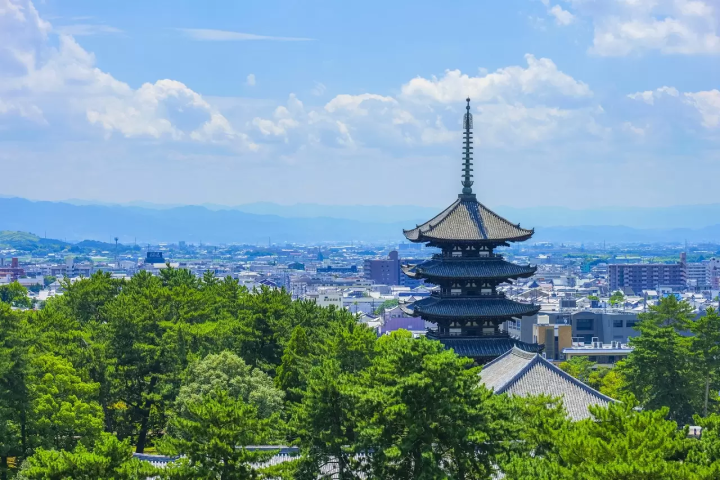

![[Open on December 20th and 21st] Free admission to Ikoma Sanjo Amusement Park, just 45 minutes from Osaka](https://resources.matcha-jp.com/resize/720x2000/2024/08/28-194409.webp)























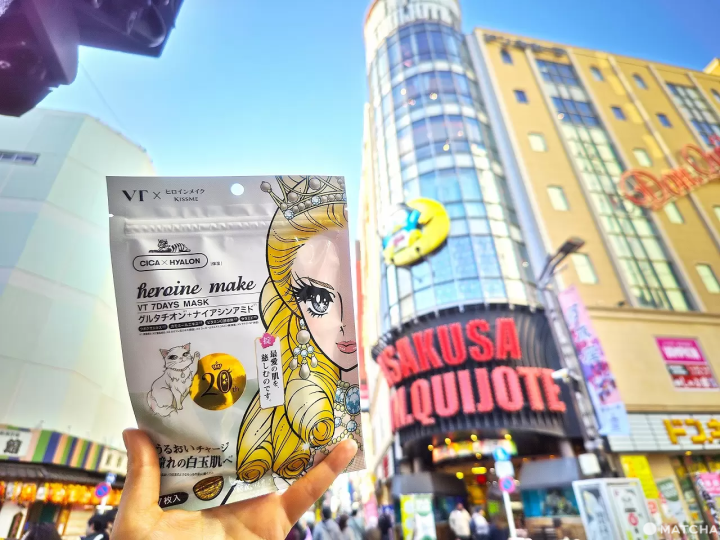

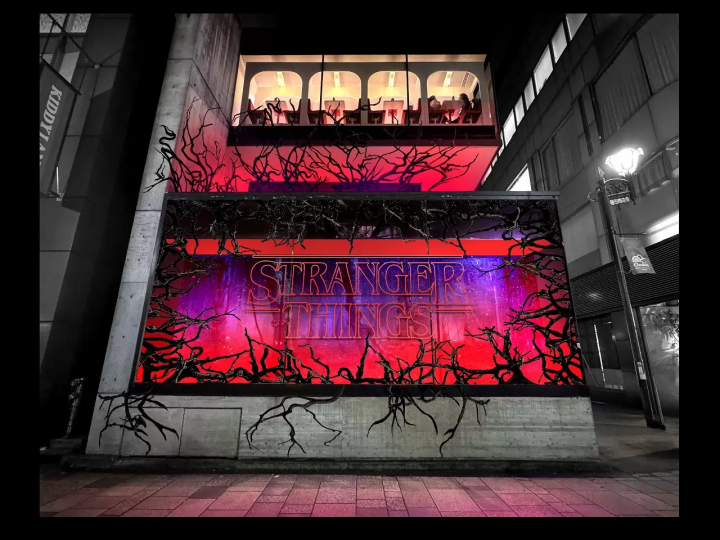
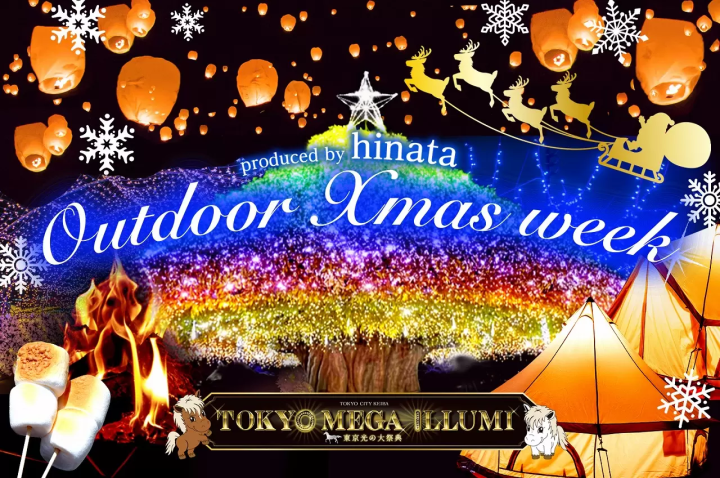
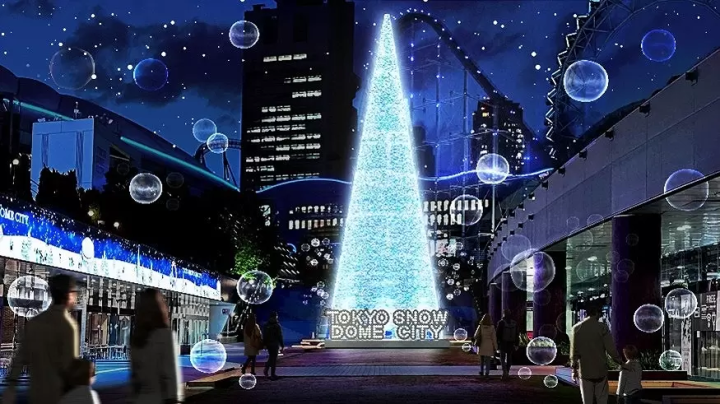
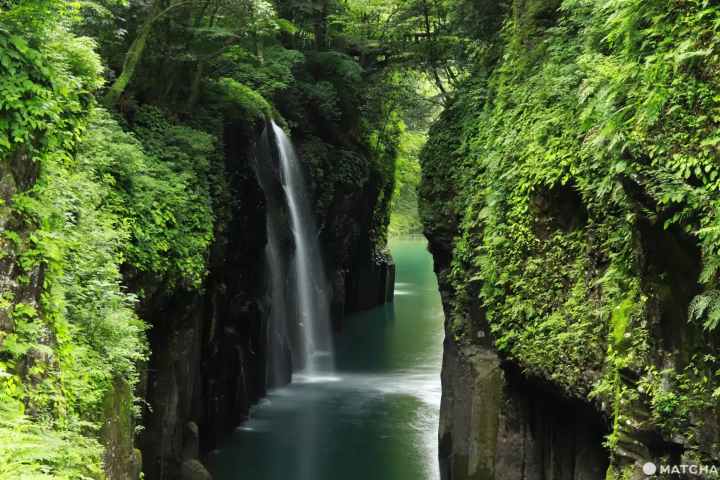




![[Traveling with a baby in Japan] Directly connected to the station! Rent a stroller at JR EAST TRAVEL SERVICE CENTER](https://resources.matcha-jp.com/resize/720x2000/2024/12/03-213323.webp)
![[2025] 4 Recommended Spots for Viewing Autumn Leaves in Tokushima, Naruto| Best Time to See, Highlights, and Access](https://resources.matcha-jp.com/resize/720x2000/2025/11/28-251301.webp)
![[During Your Kumano Trip] Cape Shionomisaki Tourist Tower](https://resources.matcha-jp.com/resize/720x2000/2025/11/05-249097.webp)
![[TICKET INTRODUCTION] Small Worlds Miniature Museum](https://resources.matcha-jp.com/resize/720x2000/2025/11/28-251446.webp)
![[Yamanashi, Yatsugatake] A specialty of the Kiyosato Plateau! Seisenryo soft serve ice cream🍦](https://resources.matcha-jp.com/resize/720x2000/2024/03/19-173634.webp)